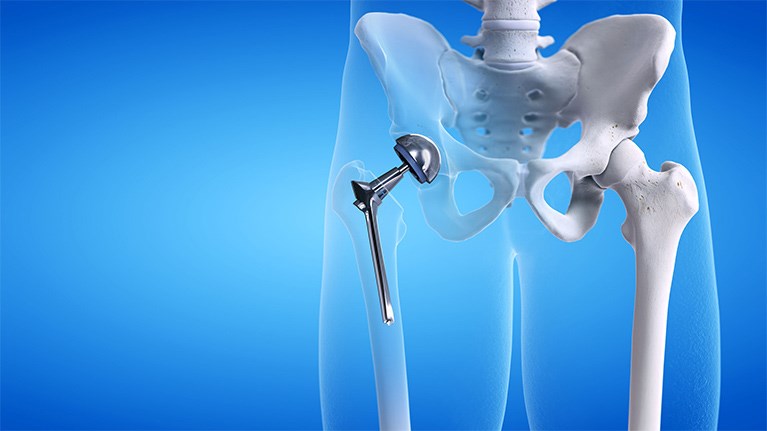Orthopedic surgery is a branch of medicine that focuses on the treatment of musculoskeletal conditions, injuries, and disorders. It involves surgical interventions to correct problems with the bones, joints, ligaments, tendons, and muscles. After undergoing orthopedic surgery, rehabilitation is a crucial part of the recovery process. It plays a significant role in restoring function, reducing pain, and improving the overall quality of life for patients. In this article, we will explore the importance of rehabilitation after orthopedic surgery and why it should not be overlooked.
1. Restoring Function and Mobility
One of the primary goals of rehabilitation after orthopedic surgery is to restore function and mobility. Surgery may be necessary to repair damaged or injured tissues, but it is the rehabilitation process that helps patients regain their strength, flexibility, and range of motion. Through a combination of exercises, physical therapy, and other therapeutic techniques, rehabilitation helps patients rebuild the muscles and tissues surrounding the surgical site. To get more information about orthopedic surgery you may check or visit https://drbenoitbenoit.com/.

Image Source:Google
2. Managing Pain and Discomfort
Orthopedic surgeries often come with a certain degree of post-operative pain and discomfort. Rehabilitation plays a critical role in managing this pain and discomfort effectively. Through various modalities such as heat therapy, cold therapy, ultrasound, and manual techniques, rehabilitation professionals can help reduce swelling, decrease pain, and improve overall comfort.
3. Preventing Complications and Enhancing Healing
Rehabilitation after orthopedic surgery is essential for preventing complications and enhancing the healing process. Immobility and lack of proper rehabilitation can lead to complications such as blood clots, muscle weakness, joint stiffness, and reduced circulation. By engaging in appropriate rehabilitation exercises and activities, patients can minimize the risk of these complications.
